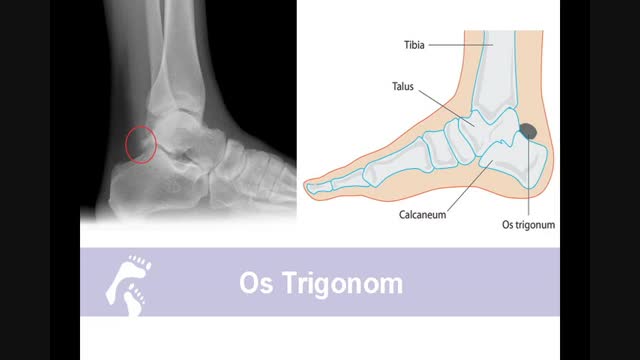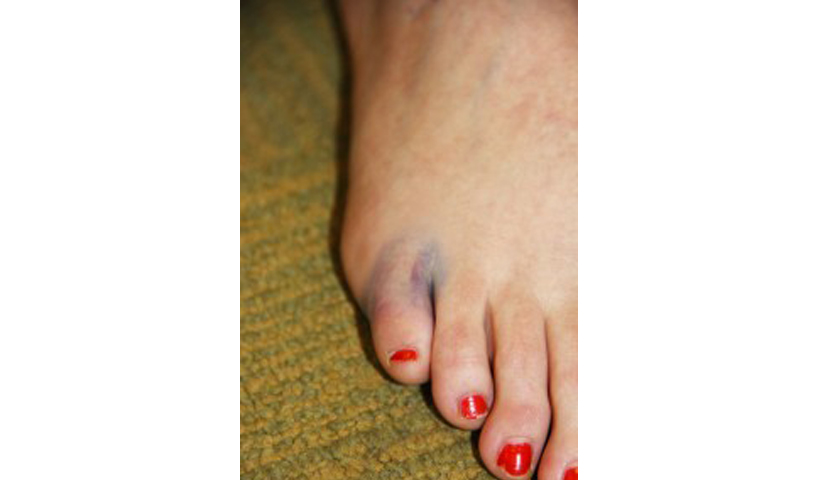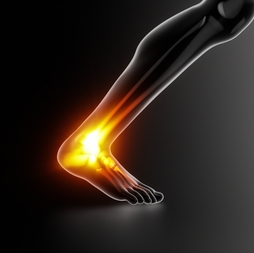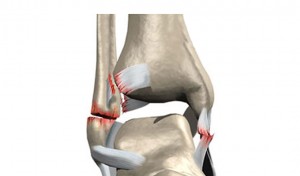
Skeletal structures tend to be almost identical from person to person. Someone’s bones may be thinner and taller or thicker and shorter than yours, but in general, that person will have all the same bones that you do. Occasionally, though, someone will have an extra bone. These extras, or accessory bones, may or may not cause difficulty for you. If they are small and do not cause problems, you may never notice them. Sometimes, however, they can get in the way and cause pain, like os trigonum syndrome.
Identifying the Problem
An os trigonum is a tiny accessory bone behind the talus, or the ankle bone. It’s connected to the talus by fibrous connective tissue and may go entirely unnoticed until an injury to the area causes problems. Generally the little bone is congenital, though it usually isn’t evident until adolescence or adulthood, when your skeleton finishes growing and your growth plates fuse.
The syndrome develops when something pinches the accessory bone, pulling it away from the talus and painfully inflaming the tissues. The connective band attaching it to your ankle may even tear. Frequently this happens after an ankle sprain, but athletes who put a lot of pressure on their feet while pointing their toes can also crunch the bone between the heel and the ankle. Ballet dancers, soccer players, and others who frequently kick or walk on their toes have a higher risk for this kind of discomfort.
You end up with a deep ache in the back of your ankle, especially when you point your toes downward or push off the ground with your big toe. The sore area may be swollen and tender to the touch. It can easily be mistaken for an Achilles tendon injury, sprain, or even an ankle fracture. You’ll need accurate diagnostic images to identify the specific problem.
Restoring the Ankle
Our podiatrists will need to perform a full evaluation of your ankle to determine the painful problem. They’ll use different tests to rule out other possible causes for your discomfort as well. Then our staff will help you begin a tailored treatment plan.
You’ll need to rest and ice your foot to lower the irritation and allow the damaged tissue behind your ankle to heal. Since walking frequently aggravates the issue, you may need to immobilize the foot so that motion doesn’t worsen the problem. Our doctors may recommend anti-inflammatory medications to help reduce your discomfort. If the pain is persistent, you may need direct injections of medication to help eliminate the irritation. Surgery for this condition is rare. If your symptoms aren’t helped by the conservative therapies, however, you may need to have the os trigonum removed.
Accessory bones are uncommon, and may not even cause discomfort if you have them. If they do develop problems, however, don’t suffer with pain that limits your activity. Os trigonum syndrome can be treated quite successfully using conservative measures. Contact Country Foot Care here in New York for more information or an appointment. You can reach our offices by using the website contact page or by calling (516) 741-FEET.





